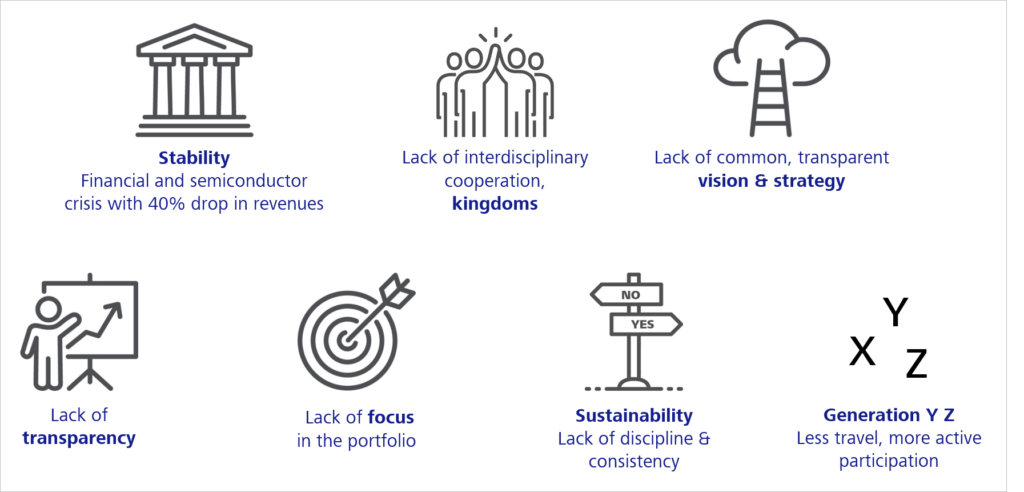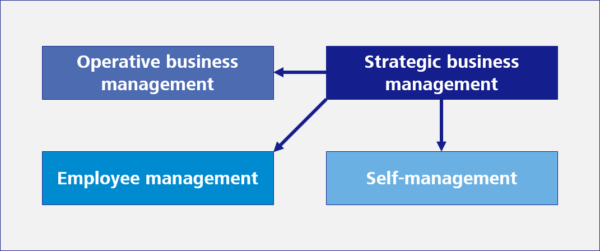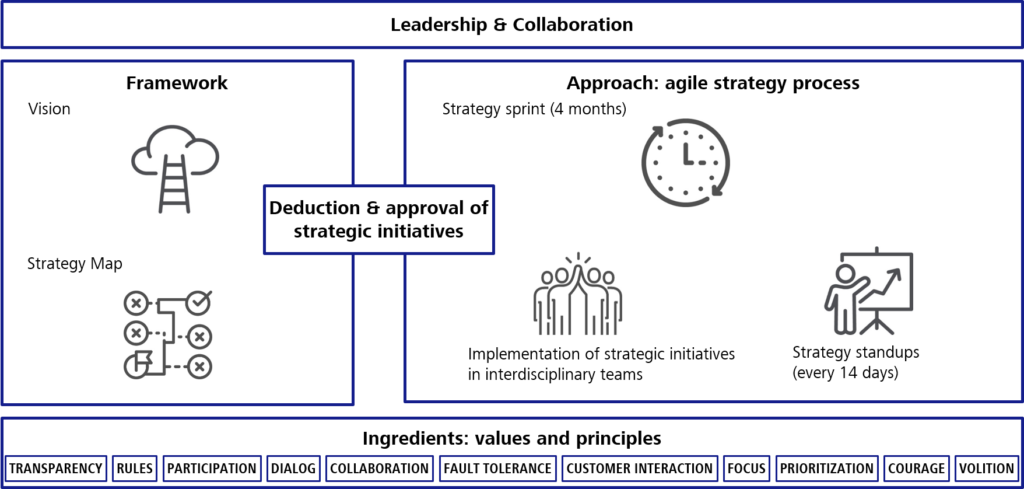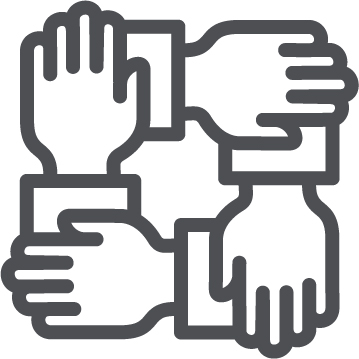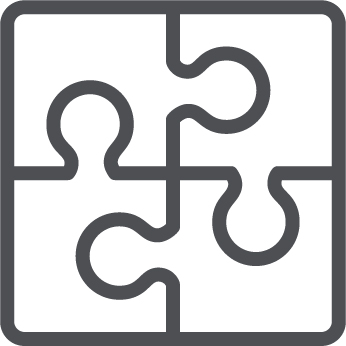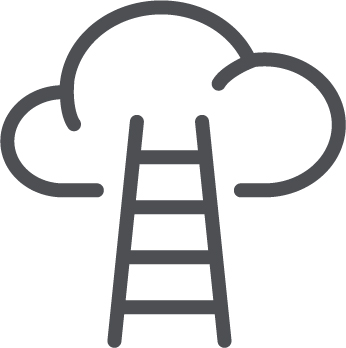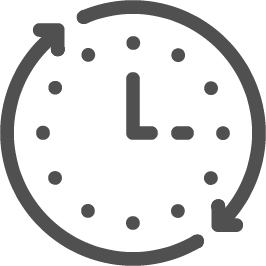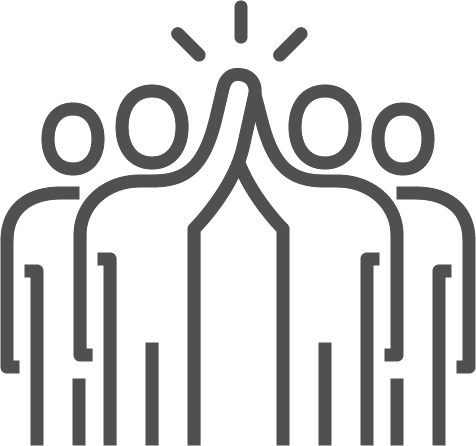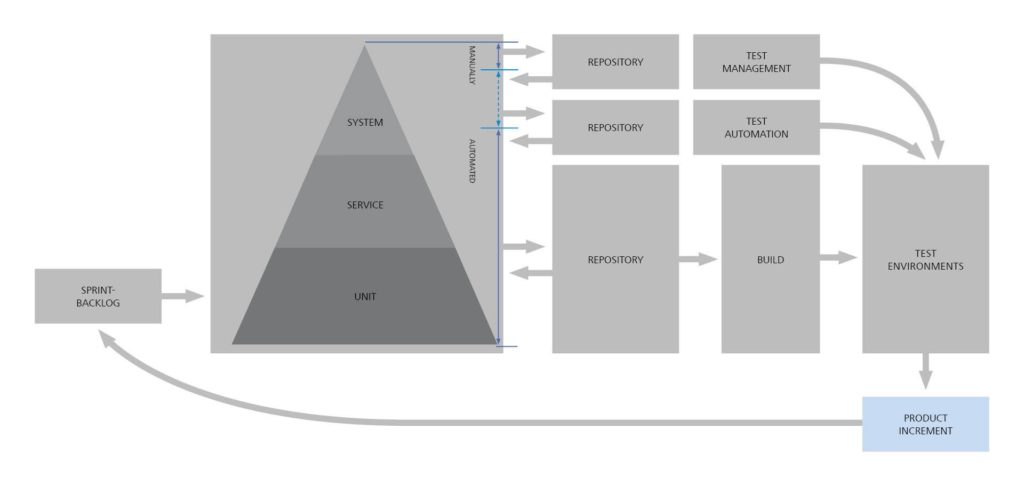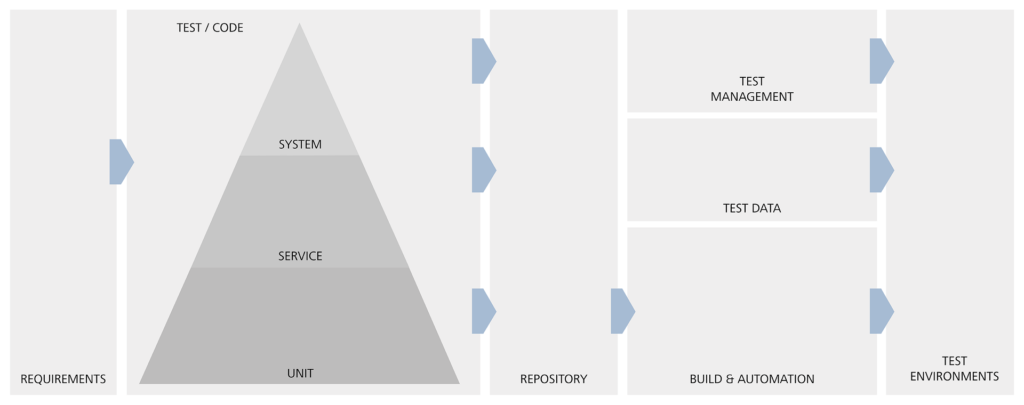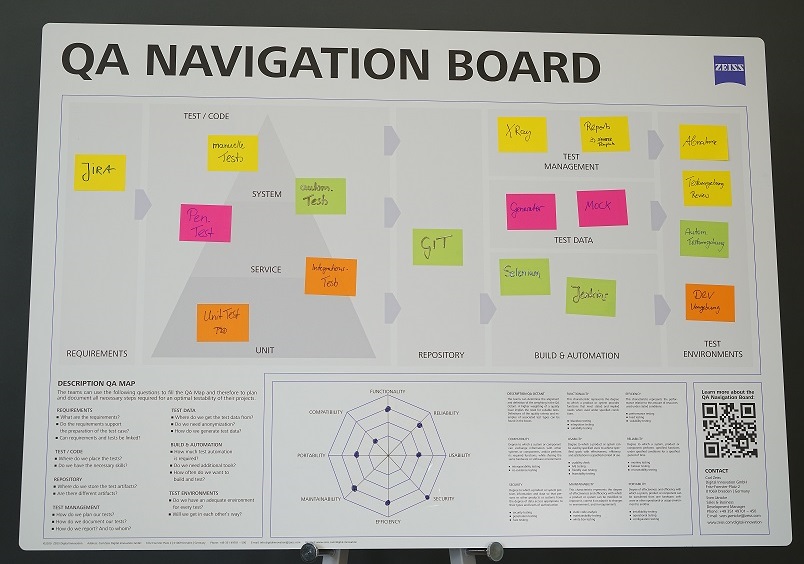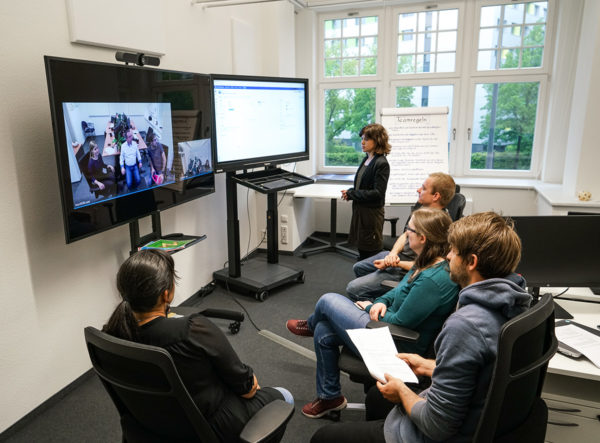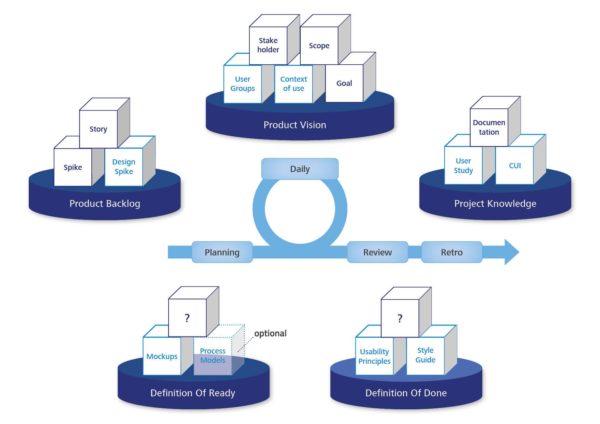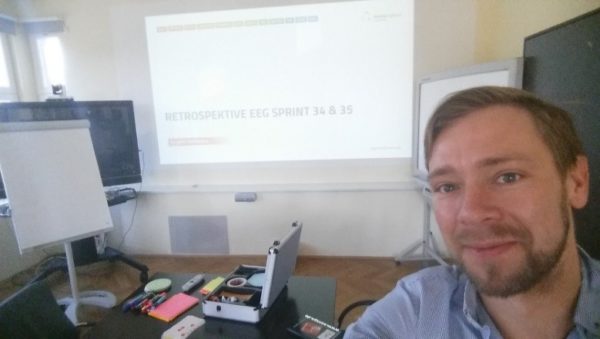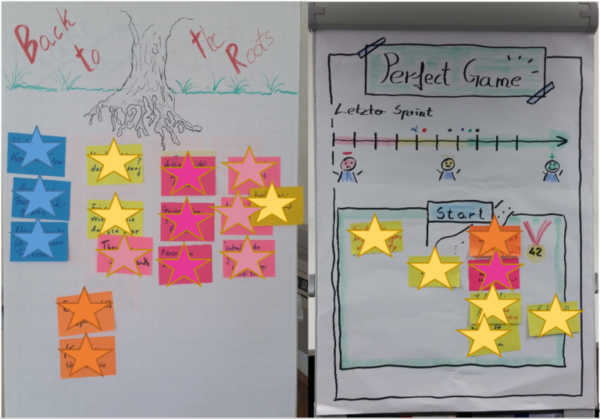What are benefits, challenges, and critical success factors in implementation?

Business context
Studies have shown that digital transformation in the healthcare industry has accelerated tremendously over the past five years. One catalyzing aspect has been the COVID-19 pandemic, which has led to changes in the interactions between patients and healthcare professionals. As part of this process, new technologies have been developed that have enabled many tasks to be performed remotely. Medical device and life science companies must now respond in a timely manner to address these changing conditions. Meanwhile the rise of digital solutions also raised the customer expectations that they are enabled in their everyday work in the same way and in the same quality what they know from other industries in their everyday lives (e.g. for entertainment or for travel organization).
In these industries, R&D organizations have many times successfully used agile development methods to achieve this level of digitization. Medical device and life science companies, on the other hand, have to adhere to strict regulations and internal processes that limit agile efforts due to regulatory requirements. Can agile development frameworks be adapted to help address these challenges, thereby accelerating the software development process and making it flexible and user-centric through multiple iterations?
Managing software R&D projects using agile methodology in general can improve efficiency in several ways
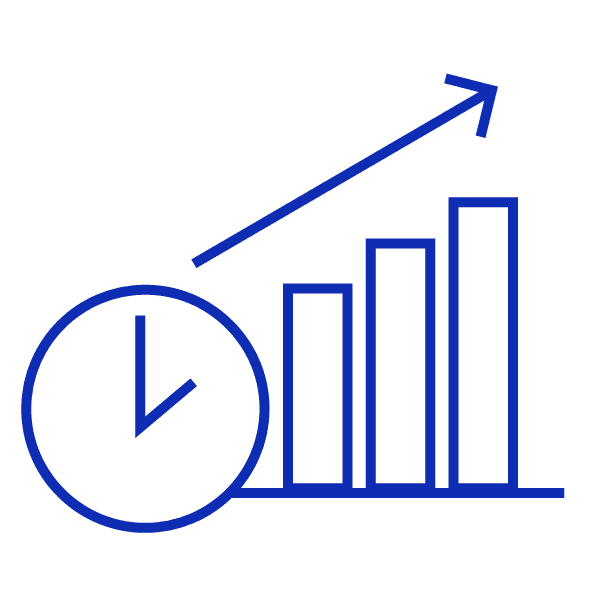
Time-to-market: With agile methodology delivering working software happens in short sprints, which can help teams to focus on the core use cases of the product and get that to market faster.
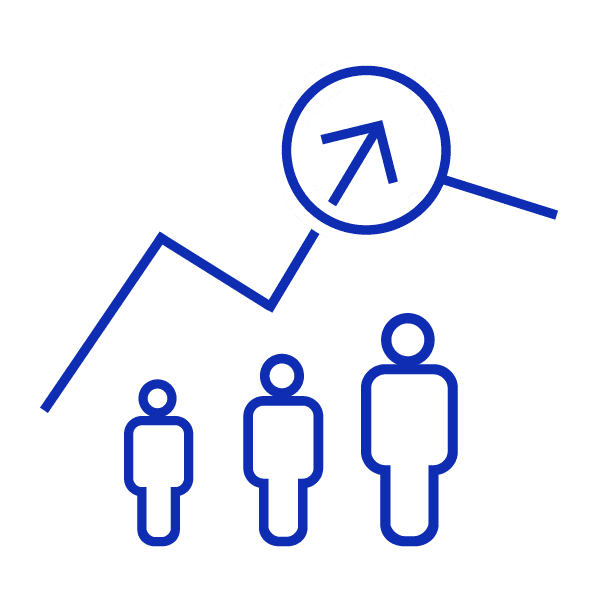
Resource utilization: By estimating costs for each product increment and closely monitoring progress, teams can optimize resource utilization and reduce waste.
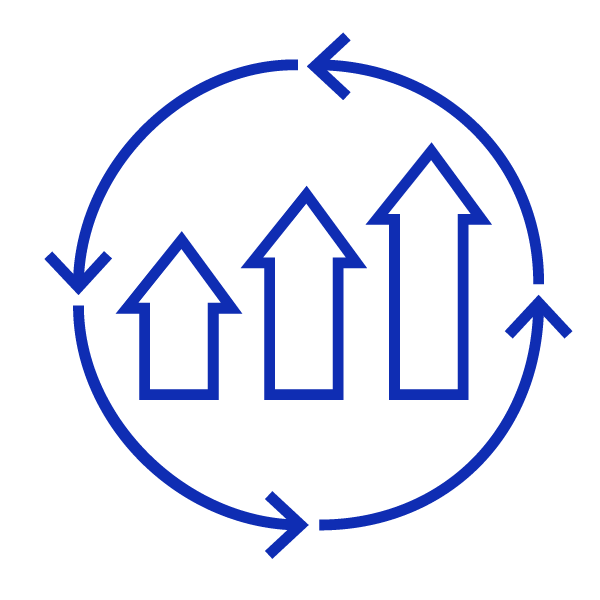
Continuous improvement: The agile methodology emphasizes continuous improvement and feedback. Teams are encouraged to improve their processes and be more efficient.
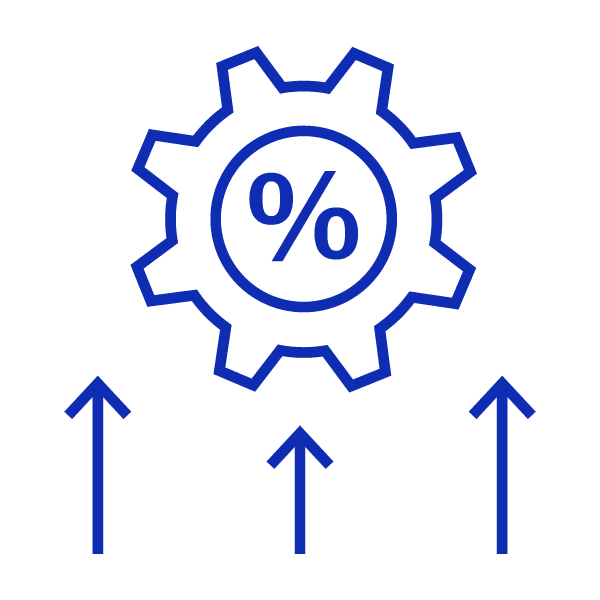
Reduced rework: By identifying issues or new requirements early in the project and fixing or implementing them quickly, teams can reduce the risk of costly rework and ensure that the project meets customer and user needs..
What are the challenges of introducing agile methodologies in a regulated environment?
Regulatory compliance: Medical device companies must comply with a variety of regulations and standards, such as MDR or FDA regulations. Any new methodology must therefore be compliant with regulations and ensure that all required process steps for certification, as well as associated documentation, are completed in time for a software solution to be successfully approved.
Risk management: Medical device companies must manage a variety of risks, such as patient safety, data privacy, and cybersecurity. Appropriate identification, management, and monitoring of these risks is critical to project success and must also be implemented in agile software development.

Documentation: Medical technology companies are required to keep detailed documentation on their software development processes and their results. The problem is that for software classified as a medical device, a complete technical file must be generated for approval for each new software release. This creates an additional documentation burden.
Stakeholder involvement: In healthcare, many stakeholders are involved in product and software development projects, including patients, physicians, regulators, and IT staff. It is important to ensure that the voices of all stakeholders are heard and their respective needs are considered.
How can the advantages of both approaches be combined?
1. Develop a detailed project plan
Working agile does not mean working without a plan. When using agile methods in a regulated environment, a detailed project plan should outline and document the project scope, objectives, schedule, resources required, and risks to be managed.
2. Create documents through automated processes
In a regulated environment, detailed documentation is required to demonstrate compliance with standards and regulations. Following the waterfall model, design input and output documents are created for a given project synchronization point detailing the risks, business requirements, architecture, testing, and operational aspects of the product being built. Agile methodologies can be adapted to include documentation requirements in the detailed product backlog elements.
The documents can be created before the start of a development sprint or a product increment to fulfil the regulatory requirements and to ensure the availability of the design inputs. However, they can describe a narrow scope that is relevant for the upcoming development period. Through automation in this area documentation creation, updates and approve cycles can be reduced significantly. Requirements, software designs and tests can be created close to the development environment that with the help of validated tools can later be transferred to comprehensive and consistent documents that are compliant with Quality Management System requirements.
3. Grow in test automation
There are several reasons why investing in test automation can make a project more efficient. When changes are made to software in a regulated environment, there is always the challenge of demonstrating that there is no negative impact on patient safety and overall effectiveness.
Or when a product moves from an implementation phase to a verification and validation phase, there are many necessary but time-consuming testing activities. In cross-functional agile teams, verification tasks for specific functions of the software solution may be part of the development sprints. The time to get feedback on the actual state of the product is significantly reduced with high levels of automation.
This also reduces the risk of introducing unintended side effects when making changes to an existing code. With proper test documentation and code quality, automated testing can formally cover business requirements and be used for verification activities, reducing the time required for a test cycle.
4. Manage risks continuously
Healthcare organizations must manage a variety of risks, such as patient safety, data privacy, and information security. Agile methodologies can be adapted to incorporate risk management practices such as risk identification, risk assessment, and risk mitigation in repeated shortened cycles, supported by the automated document creation process and automated testing against defined risk mitigations.
5. Engage stakeholder
Through regular sprint and product increment demonstration sessions, teams can show all key stakeholders the direction in which the digital solution is moving. As development cycles are shortened, patients, physicians, and IT staff can provide regular input to make change requests that the agile teams can follow. Customers, opinion leaders and partners should also be able to regularly express their opinions on how the solution should be designed. Medical technology companies can enable this, for example, through joint workshops or pilot phases based on intermediate product versions.
Conclusion
Implementing new processes, especially in a regulated environment, is fraught with additional difficulties and delays. However, integrating agile principles, supported by a team of industry experts and highly automated processes, enables an organization to quickly respond and react to new challenges arising from the changing demands of the medical device industry with a highly regulated environment.
➡️ Get in touch with us to exchange about your ideas and how we can help. And visit our website to learn more about us and our services.
➡️ See all other posts on our health solutions here.

